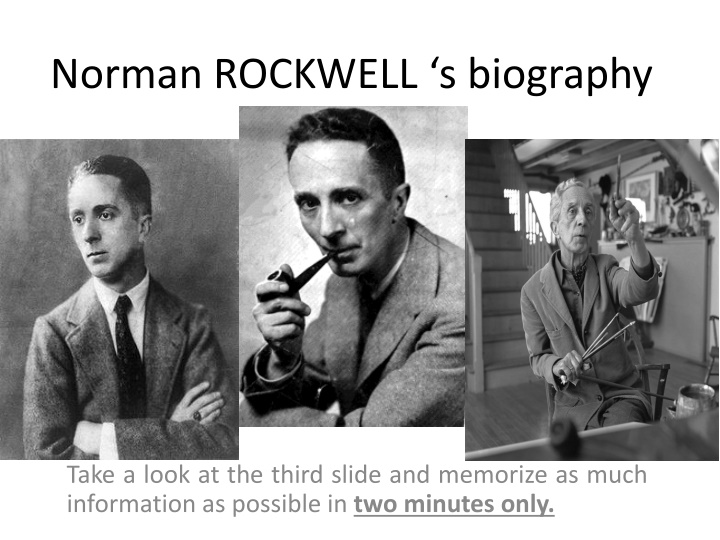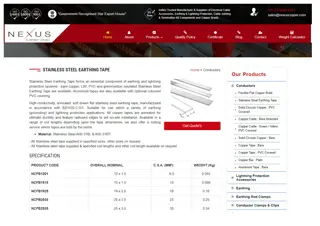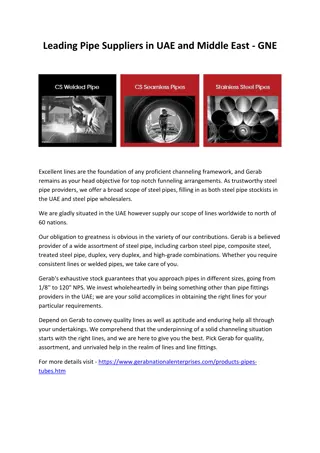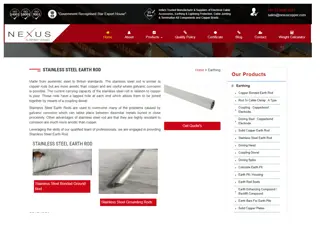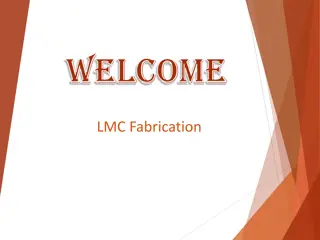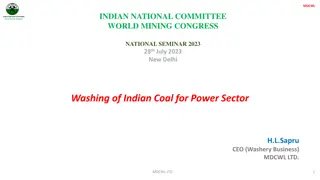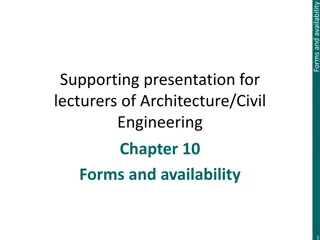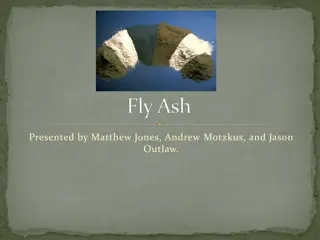Formation and Evolution of European Coal and Steel Community
The European Coal and Steel Community, proposed by Schuman in 1950 for peace, was formally established by the Treaty of Paris in 1951. Over the years, it evolved into the European Community and later the European Union through various treaties and accession of new member countries. This historical journey includes key events like the accession of the UK, Denmark, Ireland, and Norway, the enlargement in 1981 and 1986, and the reunification of East and West Germany in 1990. The developments, challenges, and expansions of the European integration process are highlighted in this narrative.
Download Presentation

Please find below an Image/Link to download the presentation.
The content on the website is provided AS IS for your information and personal use only. It may not be sold, licensed, or shared on other websites without obtaining consent from the author.If you encounter any issues during the download, it is possible that the publisher has removed the file from their server.
You are allowed to download the files provided on this website for personal or commercial use, subject to the condition that they are used lawfully. All files are the property of their respective owners.
The content on the website is provided AS IS for your information and personal use only. It may not be sold, licensed, or shared on other websites without obtaining consent from the author.
E N D
Presentation Transcript
Norman ROCKWELL s biography Take a look at the third slide and memorize as much information as possible in two minutes only.
Norman ROCKWELL (1894-1978) is an American painter, best known for his illustrations on the covers of the Saturday Evening Post. In 47 years, he produced 322 covers for the magazine. They tell stories which reflect idealized views of American life, showing ordinary people doing ordinary things in smalltown America. In his paintings herevealed the importance of the family, the larger communities and the joys of play, always with warmth and humour. In the early 1960s, he started working for Look magazine, painting pictures which illustrated more serious issues like the Civil Rights, America s war on poverty and loneliness. Whether he painted happy moments or darker themes, Norman Rockwell captured a slice of American life and value. But he was also aware of the evils of American society. Freedom From Want (1943) After the Prom (1957) Girl at Mirror (1954)
QUIZ TIME ! Take half a sheet of paper, write your name and your house on it and be ready to answer the following questions. LET S GET STARTED !
Quiz time : you have five minutes to answer the ten questions on your sheet of paper. 1/ What was Norman Rockwell s job? 2/ When was he born? 3/ When did he die? 4/ What s the name of the first magazine he worked for? 5/ How many covers did he produce for this magazine in 47 years? 6/ These covers illustrate ______________ views of ________________ life, showing ordinary people doing ordinary things in smalltown America. 7/ When did Rockwell start working for Look magazine? 8/ The three paintings by Rockwell on the slide are Girl At Mirror, After the Prom and ______________ ______ ________. 9/ When did Rockwell paint After the Prom? 10/ What is the young girl holding on her lap (= on her knees) in Girl At Mirror?
